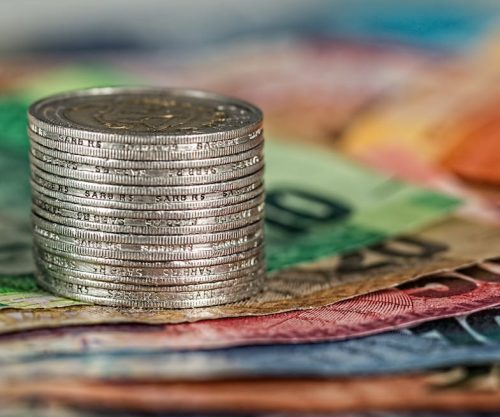
Credit can be a useful tool in achieving a financial goal, however only if you understand what credit is, how to get it and how to use it wisely.
“There are many types of credit and the trick is to understand why you need credit and if it will have a positive effect on your future finances,” says Eunice Sibiya, Head of Consumer Education at FNB.
1. The very first step to take is to decide if the money you are borrowing will be put to good use.
“Good debt is using the credit or money lent to you by a financial institution to improve your financial situation,” says Sibiya. “This can be using credit to study, start a business or finance a home.” Bad debt is when people use credit to pay for everyday items such as transport, groceries or even settle outstanding debt. This makes everyday life more expensive as they are paying interest on this credit. “Remember that it is not your money that you are spending and you are obliged to pay it back with interest,” says Sibiya.
“This means whatever items bought on credit, be it shoes, furniture or groceries will cost you more than if paid for from your salary or savings. In the vast majority of cases these items are not worth the additional premium and you shouldn’t use credit to fund them.”
2. Once you ascertain that the money you are borrowing will add value, there are various types of loans that are available.
- A secured loan requires the borrower to provide some sort of guarantee or security for the loan. “Simply put, an asset in the form of a car or a house is signed over as security for the loan,” says Sibiya. “This means in the event that you are unable to pay, the creditor has the right to take over ownership.” These loans usually have a lower interest rate comparatively and are paid over a longer period of time.
- Loans that don’t require an asset as a guarantee are called unsecured loans. These include overdrafts, credit cards, personal loans and revolving loans. In such cases the creditor will carefully consider the borrower’s history and financial circumstances before granting the loan.
The loan amounts for unsecured credit will usually be less than a secured loan and the interest rate higher. This is because as there is no security, the risk to the lender is higher. Interest and fees are charged on both secured and unsecured credit. “Always make sure that you know what the interest rate is on the money you have borrowed, the total amount that you are expected to pay back as well as the period you’re expected to pay back the loan,” says Sibiya. With smart credit knowledge you will be able to use money borrowed to make a positive difference to your financial future.




